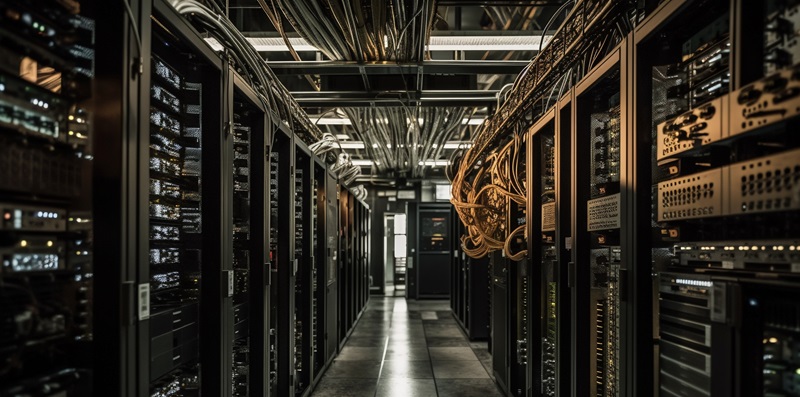The digital revolution, spearheaded by the burgeoning fields of artificial intelligence (AI) and machine learning (ML), is catalyzing transformative change in how data centers are built and operated. As these technologies hunger for more processing power, data center physical infrastructures (DCPI) must evolve to meet the challenge. By 2028, the value of the DCPI market is expected to surpass $46 billion, propelled by an impressive compound annual growth rate of 11%. This surge underscores the industry’s effort to amplify data centers’ capabilities to handle the intensive computational demands of AI and ML. Such a growth trajectory signals not only a technological but also an infrastructural evolution in the realm of data storage and computation, ensuring the next generation of data centers is equipped to support the advanced requirements of these cutting-edge technologies.
Power and Cooling Innovations
To keep pace with the intense requirements of AI-driven applications, data center infrastructures are undergoing significant enhancements, particularly in power and cooling systems. Rack power densities, once content with 15 kW/rack, are on the brink of a dramatic escalation, estimated to rocket to 60–120 kW/rack. This upsurge is set to transform the prevalent air-cooled heat management traditions, ushering in the era of liquid cooling solutions. These more efficient and effective cooling strategies, indispensable for managing the heat produced by high-density server racks, are expected to flourish, with revenue predictions soaring past $3 billion by 2028.
Market Dynamics and Regional Growth
The majority of growth in the Data Center Physical Infrastructure (DCPI) market is expected to be driven primarily by Cloud and Colocation services, leveraging their vast scales and operational efficiencies for expansion. While the enterprise segment may see slower growth, substantial progress is predicted within regions like Asia Pacific (sans China), North America, and EMEA. In contrast, China and Latin America are on track for more modest advancements. Dell’Oro’s Lucas Beran refers to the current phase as a “calm before the storm,” indicating a time of strategic preparations across the industry. As the sector gears up for the incoming wave of Artificial Intelligence (AI), companies are bracing for the extensive infrastructure investments required to support the swift development anticipated in the AI space. This forward-looking stance embodies the industry’s readiness to tackle the imminent challenges and seize opportunities presented by the next technological frontier.

